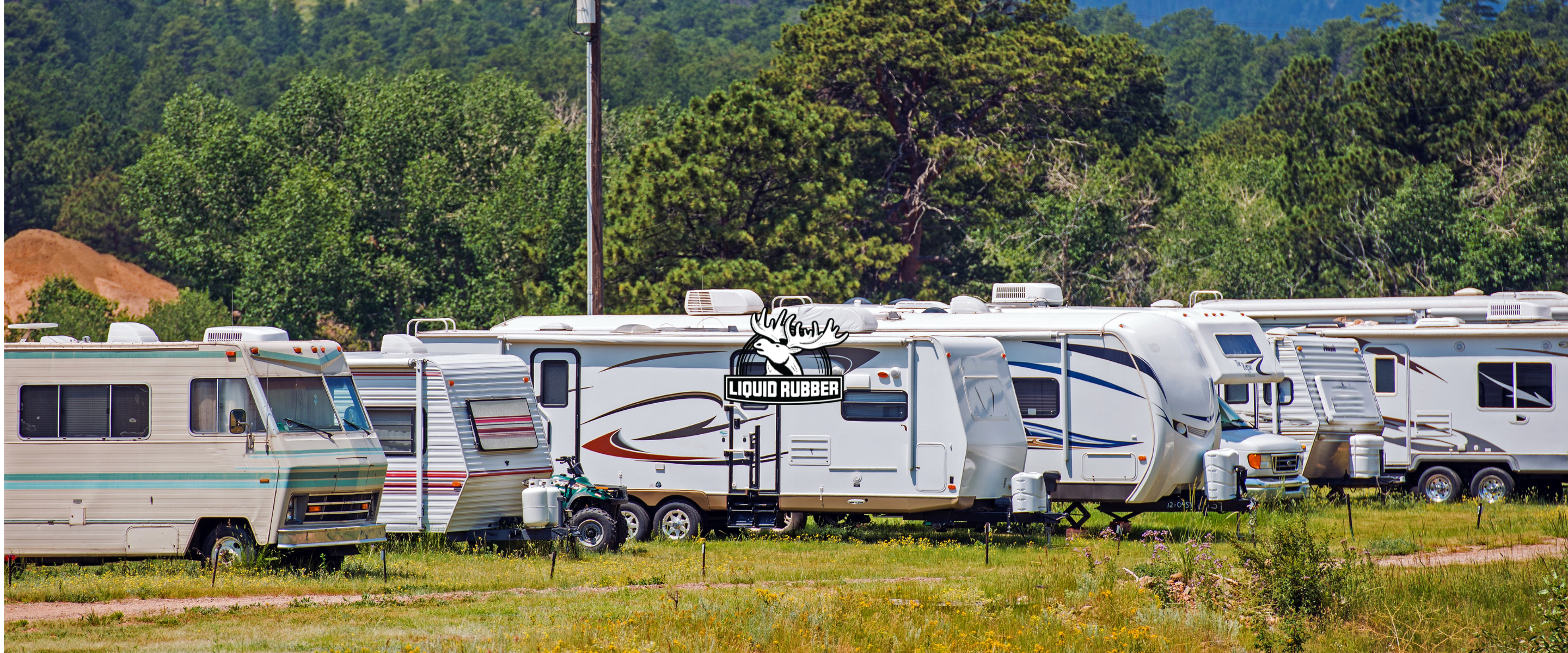In the world of Do-It-Yourself (DIY) home improvement, Liquid Rubber Foundation Sealant has solidified its position as the best sealant for basement walls. This innovative product offers a winning combination of ease of use, affordability, and reliability, making it the go-to choice for DIYers and professionals alike.
Why Choose Liquid Rubber Foundation Sealant?
Liquid Rubber Foundation Sealant stands out due to its numerous advantages. Using this product is easy and straightforward, making it ideal if you’re a DIYer. Additionally, it's an affordable alternative compared to other sealants on the market.
Most importantly, Liquid Rubber Foundation Sealant is renowned for its reliability. It offers long-lasting protection against moisture infiltration, a common issue in basements. This sealant is not just practical, but also safe. It's VOC-free and nontoxic, ensuring that it's harmless to both humans and the environment.
The Dangers of a Wet Basement
Basements, built below ground level, are prone to moisture intrusion, which can lead to a variety of problems. Damp basement walls can wreak havoc on your home, from peeling paint, to harmful mold growth and other types of water damage. What’s more, over time, the house may settle, creating cracks in the basement walls, through which water can seep.
This is why it’s mission critical that you use a high-quality sealant. Liquid Rubber Foundation Sealant is one such product that can help keep these problems at bay by providing a strong, waterproof barrier on your basement walls.
 Preparing for the Liquid Rubber Foundation Sealant Application
Preparing for the Liquid Rubber Foundation Sealant Application
Before you start the application process, ensure that the basement is ready for the task. The surface should be structurally sound, clean, dry, and free from any contaminants.
Inspect the surface for any cracks, joints, or
you can begin applying the liquid rubber sealant. Start by applying a that are 1/8” or larger. Fill these with a suitable patching material such as a high-quality wood filler or concrete patch material. You can also use the Liquid Rubber Sealant & Adhesive Caulk for filling gaps and cracks.
If the basement is coated already, make sure to remove any loose or flaking material. Conduct a test patch to confirm proper adhesion.
Ensure you have all necessary supplies for the project. Set out a tarp or large piece of cardboard to keep all tools and containers on when you're not using them.
1. Prepare Your Space and Gather Your Materials
Before starting, ensure that all surfaces are structurally sound, clean, dry, and free from anything that would prevent proper adhesion.
2. Detail Work
Liquid Rubber Foundation Sealant can be used to fill cracks less than 3mm (1/8’’), cold-joints, and non-monolithic inside/outside corners. Apply a thick 6’’ wide coat and embed 4’’ wide Geo-Textile reinforcement fabric followed by a second coat.
For all cracks greater than 3mm (1/8’’), fill with backer rod and Liquid Rubber Sealant & Adhesive Caulk, prior to 3 Course Method.
3. Masking
Tape-off, block-off, or otherwise mask areas that are not to receive the sealant. Remove the tape while the sealant is still wet.
4. Prime
For interior applications use our Liquid Rubber Multi-Purpose Primer to provide a moisture vapor barrier, and to increase the bond strength of the coating.
5. Apply Coating
Apply Liquid Rubber Foundation Sealant when the temperature is above 10°C/50°F including overnight. Use a brush, roller, or heavy-duty hydraulic piston spray rig.
6. Inspect and Protect
Inspect for pinholes, blisters, voids, thin spots, or other defects. Repair as necessary. Allow 48 hours to cure before painting or covering.
7. Clean Up
Remove the tape while the coating is still wet. If spillage occurs, soak up as much material as possible with rags. Clean immediately with soap and water.
Post-Application Care and Maintenance
Once you've applied the Liquid Rubber Foundation Sealant, it's important to ensure proper maintenance for long-term durability. Inspect the basement regularly, especially after heavy rains or flooding.
Other Basement Sealing Solutions
While Liquid Rubber Foundation Sealant is the go to choice for waterproofing your basement walls, there are other solutions available that you can consider, too. For instance, you might consider a densifier to increase the strength, density, and hardness of your basement floor.
Choosing the Best Sealant for Your Basement Walls
When choosing the best sealant for your basement walls, you’ll want to consider a few important integers. Start with the age of your concrete, existing moisture problems, and your budget, which all should play a part in your decision.
That said, Liquid Rubber Foundation Sealant is the simple, affordable and reliable answer for most basement waterproofing projects. It’s the preferred option for DIYers who are looking for a lasting solution that offers a simple application, good adhesion and years of protection.
 In Conclusion
In Conclusion
A water-free basement not only ensures the longevity of your property but also provides a safe and healthy environment for you and your family. Liquid Rubber Foundation Sealant is a reliable, easy-to-use, and affordable solution to ensure that your basement remains dry and free of moisture-related issues.
So, if you're in search of the best sealant for your basement walls, Liquid Rubber Foundation Sealant is undoubtedly a choice that you won’t regret. From its easy application to its effective results, it offers a complete package for anyone looking to safeguard their basement against moisture.
Remember, a well-sealed basement isn't just a measure to prevent damage. So, make the right choice, and trust Liquid Rubber Foundation Sealant to keep your basement dry and protected.




